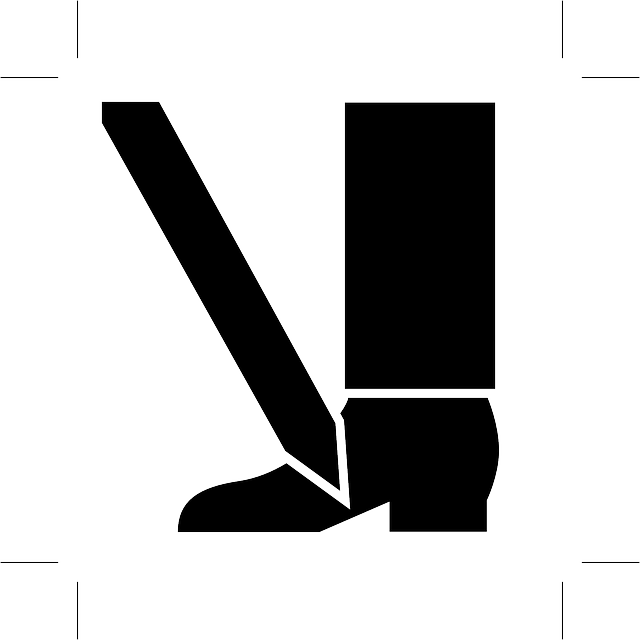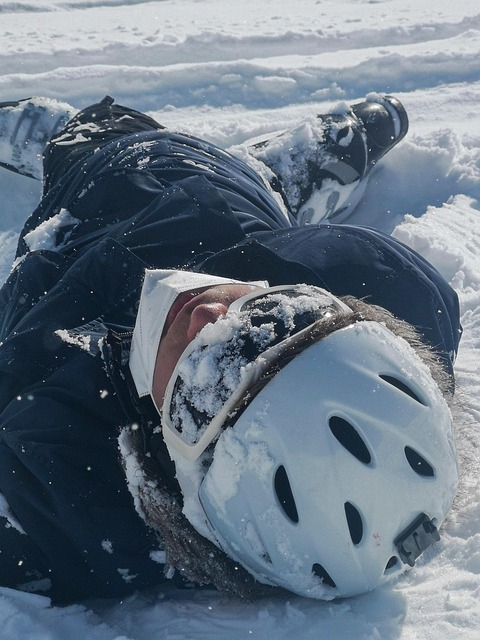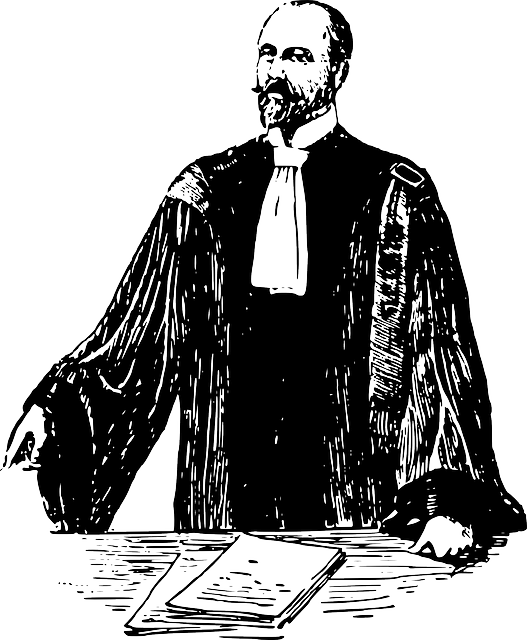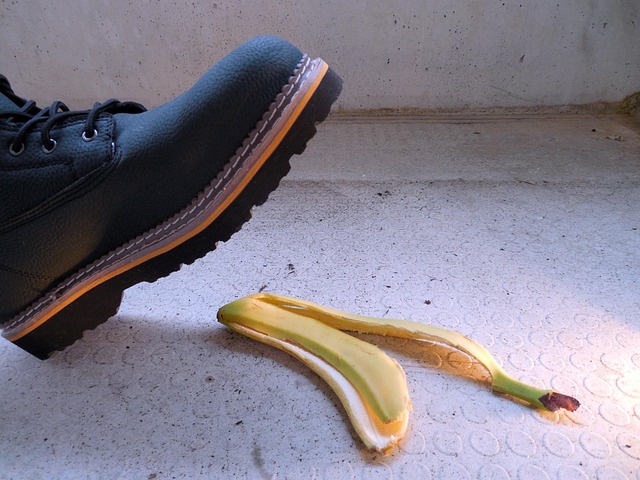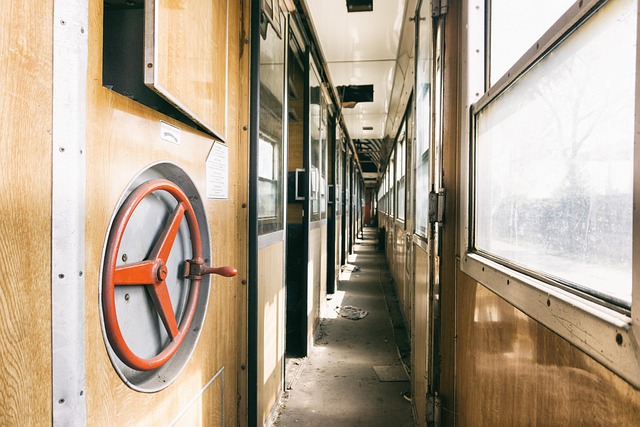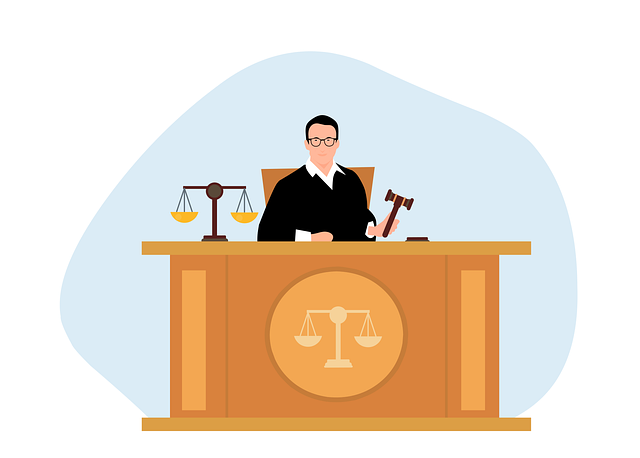Hotel slip and fall accidents result from wet surfaces, poor lighting, uneven flooring, faulty fixtures, and lack of maintenance. Guests may have legal recourse if injuries occur due to unsafe conditions, with liability determined by the hotel's knowledge of hazards and response time. Hotels can prevent these incidents through proactive safety measures like regular cleaning, non-slip materials, improved lighting, clear signage, and staff training, thereby reducing insurance claims.
Hotel slip and fall accidents are a significant concern, often resulting in serious injuries. This article delves into the intricate world of hotel bathroom safety, focusing on understanding common causes like slippery surfaces, inadequate lighting, and poor design. We explore legal responsibilities and risk factors, emphasizing hotels’ duties to guests. Furthermore, it offers practical prevention strategies, highlighting essential steps to enhance bathroom safety and mitigate these accidents, ensuring a safer environment for all visitors.
- Understanding Hotel Slip and Fall Accidents: Common Causes and Risk Factors
- Legal Aspects and Responsibilities in Hotel Bathroom Slip and Falls
- Prevention Strategies: Enhancing Safety in Hotel Bathrooms
Understanding Hotel Slip and Fall Accidents: Common Causes and Risk Factors
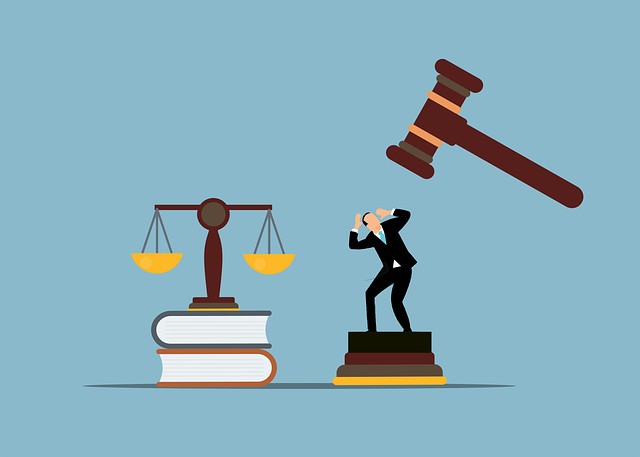
Hotel slip and fall accidents are a significant concern for both guests and property owners alike. Understanding the common causes and risk factors is essential in mitigating these incidents. One of the primary reasons behind hotel slip and falls is the combination of wet surfaces and poor lighting, especially in bathroom areas. This includes slips on recently cleaned floors without proper signage or caution tape, as well as falls caused by uneven flooring or faulty fixtures like loose handrails or slippery shower floors.
Another factor contributing to these accidents is the lack of clear maintenance protocols and employee training. Many hotel slip and fall cases arise due to negligence in keeping bathrooms clean, dry, and safe. Employment contracts should clearly outline the responsibilities of staff regarding floor cleaning, especially high-traffic areas, and prompt reporting of any defects or unsafe conditions. Ensuring regular inspections and quick remediation can significantly reduce the risk of property damage claims and insurance disputes related to slip and fall incidents.
Legal Aspects and Responsibilities in Hotel Bathroom Slip and Falls
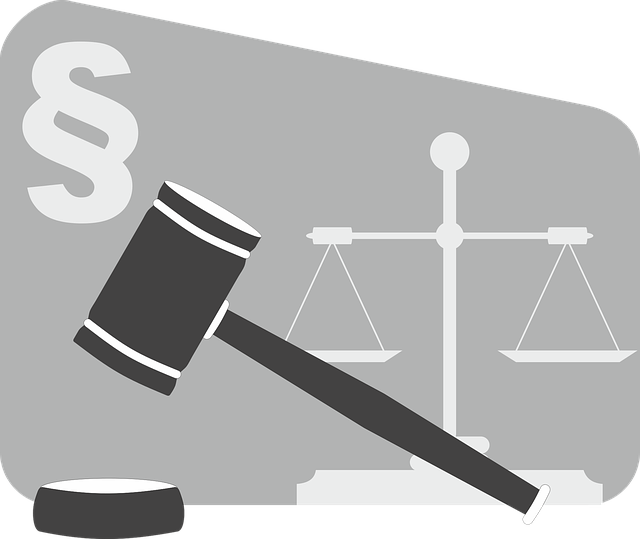
When a guest slips and falls in a hotel bathroom, understanding the legal aspects and responsibilities is crucial. Hotel owners and operators have a duty of care to ensure their premises are safe for guests, which includes maintaining the bathroom area free from slippery surfaces, proper lighting, and clear pathways. If a visitor sustains injuries due to an unsafe condition, they may have grounds for a hotel slip and fall lawsuit.
In such cases, determining liability often involves reviewing factors like whether the hotel was aware of or should have been aware of the hazardous condition, the time it took to rectify the issue, and the guest’s contributory negligence (if any). A qualified accident attorney can help guests navigate these complexities and pursue homeowner insurance claims or legal action against the responsible party, be it the hotel management or another entity. Similar to how a truck accident attorney represents victims in commercial vehicle collisions, a specialized lawyer can advocate for just compensation in hotel-related incidents.
Prevention Strategies: Enhancing Safety in Hotel Bathrooms

Preventing slip and fall accidents in hotel bathrooms is paramount for maintaining a safe environment for guests. Hotels can significantly reduce the risk by implementing robust safety measures. Regular deep cleaning to remove slips and falls, especially near sinks and showers where moisture can accumulate, is essential. Non-slip mats and flooring in high-traffic areas can prevent dangerous incidents.
Additionally, proper lighting is crucial; well-lit bathrooms enable guests to see potential hazards. Hotels should also provide clear signage indicating slip-risk areas and safety guidelines. Training staff to promptly address any slippery surfaces or defects in the bathroom infrastructure is a fiduciary duty breach prevention strategy. These proactive steps can help avoid hotel slip and fall accidents, thereby reducing the likelihood of costly accident settlements, including wrongful death cases.
Hotel slip and fall accidents are preventable through understanding common causes, recognizing risk factors, and implementing robust safety strategies. By addressing these issues, hotels can create safer environments, reduce legal liabilities, and ensure guest well-being. Investing in prevention is key to minimizing hotel slip and fall incidents and fostering a welcoming atmosphere for all visitors.
